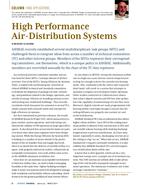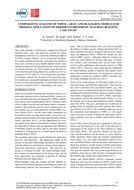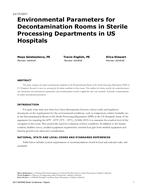A simulation has been carried out for a building using a closed-loop heat pump HVAC system with various quantities of thermal storage, tank insulation, internal loads, and geographic locations. The effect of water storage was more significant for milder locations and had very tittle effect for warrn climates. Increases in internal loads increased compressor load and cooling tower loads but decreased supplementary fuel requirements. Increases in internal loads increased total HVAC loads in warm climates, while for mild or cold climates, an increase in internal load decreased total HVAC loads down to a certain value and then they experienced an increase in the HVAC load. The value at which the HVAC loads became minimum depended on the internal building loads and the geographic location. A reduction of the water loop temperature range to 80o-70° from 95°-55°F decreased energy input to the heat pump compressors by up to 6%, but increased the supplementary fuel requirement. The addition of tank insulation saved energy for cold areas but did not appear to be economical for buildings in warm climates. The savings with the addition of tank insulation were greater with the systems having higher thermal storage capacities.
Citation: ASHRAE Transactions, vol. 95, pt. 2, Vancouver, BC 1989
Product Details
- Published:
- 1989
- Number of Pages:
- 9
- File Size:
- 1 file , 1.2 MB
- Product Code(s):
- D-27171


